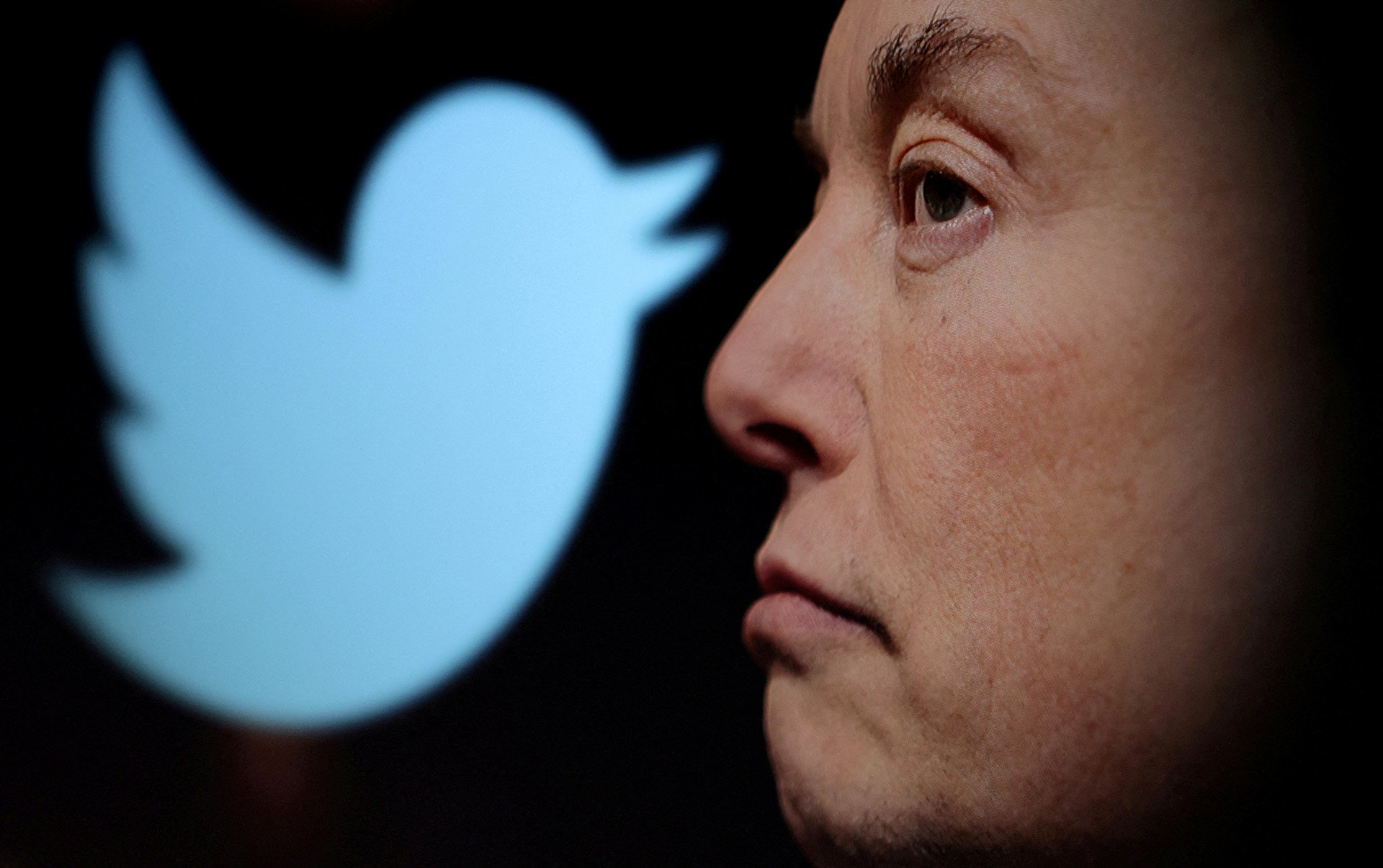Microsoft On The Future Of Design: Humanity In The AI Revolution

Table of Contents
Microsoft's Vision for AI-Augmented Design
Empowering Designers, Not Replacing Them
Microsoft's vision for AI in design centers around empowerment, not replacement. AI is viewed as a powerful tool to augment the capabilities of human designers, not to supplant them. This approach focuses on leveraging AI to enhance efficiency and creativity.
- Increased efficiency: AI can automate repetitive tasks, such as resizing images or adjusting color palettes, freeing up designers to concentrate on higher-level creative challenges.
- Automation of repetitive tasks: Tedious tasks that once consumed significant design time can now be handled swiftly and accurately by AI, leading to faster project completion.
- Freeing designers for more creative endeavors: By taking over mundane tasks, AI allows designers to focus on conceptualization, innovation, and strategic design thinking.
- Focus on complex problem-solving: Designers can dedicate more time to tackling complex design problems that require human intuition, empathy, and critical thinking.
Microsoft's commitment to this approach is evident in its various design tools. For example, features within Microsoft Designer leverage AI to suggest design elements and layouts, offering helpful guidance without dictating the creative process. This reflects Microsoft’s belief in a collaborative human-AI design partnership.
The Importance of Human-Centered Design in the Age of AI
Ethical Considerations and Bias Mitigation
The integration of AI into design processes introduces crucial ethical considerations. Bias in datasets used to train AI models can lead to unfair or discriminatory outcomes. Microsoft recognizes this and emphasizes the importance of human-centered design to mitigate these risks.
- Importance of diverse datasets: Ensuring AI models are trained on diverse and representative datasets is crucial to avoid perpetuating existing biases.
- Ethical guidelines for AI development: Microsoft advocates for clear ethical guidelines and responsible AI development to ensure fairness and inclusivity.
- Ensuring inclusivity and accessibility in AI-generated designs: AI-powered design tools should be developed to support the creation of inclusive and accessible designs for all users.
Microsoft's commitment to responsible AI is reflected in its ongoing initiatives to promote fairness, transparency, and accountability in AI development. This commitment extends to the design field, ensuring AI tools are used ethically and responsibly.
The Future of Design Tools: Collaboration Between Humans and AI
Intelligent Design Assistants
AI is rapidly transforming design tools and workflows, creating intelligent design assistants that enhance the creative process. These AI-powered tools offer a range of features aimed at streamlining workflows and boosting creativity.
- AI-powered design suggestions: AI can analyze design elements and suggest improvements or alternative approaches, offering valuable insights to designers.
- Predictive design tools: AI can predict design trends and user preferences, assisting designers in creating designs that resonate with target audiences.
- Automated design generation: In certain contexts, AI can even generate basic design elements or layouts, providing a starting point for further refinement by human designers.
- Personalized design experiences: AI can personalize design experiences for individual users, tailoring designs to their specific needs and preferences.
Microsoft's design software increasingly incorporates AI functionalities. For example, features like intelligent suggestions and automated image enhancements are becoming increasingly prevalent, signifying a move towards more collaborative human-AI design workflows.
New Design Opportunities Enabled by AI
Expanding Creative Possibilities
AI has the potential to unlock new creative possibilities for designers, expanding the boundaries of what's achievable. This opens up exciting new avenues for innovation and experimentation.
- Generating novel design concepts: AI can help designers explore uncharted creative territories by generating novel design concepts that might not have been conceived otherwise.
- Exploring uncharted creative territories: AI can assist in pushing creative boundaries by suggesting unexpected combinations of design elements and styles.
- Accelerating the design process: AI can significantly accelerate the design process by automating time-consuming tasks and generating multiple design options quickly.
- Personalizing user experiences at scale: AI enables the creation of highly personalized user experiences, catering to individual needs and preferences on a massive scale.
The potential applications of AI in design are vast. We are already seeing innovative designs emerging that leverage AI capabilities, signifying a new era of creative possibilities.
Conclusion
Microsoft's vision for the future of design emphasizes the crucial partnership between humans and AI. AI is not intended to replace designers but to empower them with new tools and capabilities, enhancing their efficiency and expanding their creative horizons. The responsible development and application of AI, with a strong focus on human-centered design principles, is paramount. Microsoft's commitment to ethical AI and its ongoing development of intelligent design tools reflect this crucial understanding. Discover how Microsoft is shaping the future of design through AI and learn how you can leverage these innovative tools to enhance your own creative process. Explore Microsoft's resources on AI and design to unlock your creative potential in the age of artificial intelligence. Learn more about the future of design with AI and human-centered AI design solutions from Microsoft today!

Featured Posts
-
 Mission Impossible Dead Reckoning Part Two Behind The Scenes Plane Stunt
Apr 26, 2025
Mission Impossible Dead Reckoning Part Two Behind The Scenes Plane Stunt
Apr 26, 2025 -
 Nieuwe Combat Support Schip Van Damen Gedoopt In Den Helder
Apr 26, 2025
Nieuwe Combat Support Schip Van Damen Gedoopt In Den Helder
Apr 26, 2025 -
 Most Plan King Day Celebration But 22 Want Holiday Ended
Apr 26, 2025
Most Plan King Day Celebration But 22 Want Holiday Ended
Apr 26, 2025 -
 Index Report Exposes Alleged Fraud At Hungarys Central Bank
Apr 26, 2025
Index Report Exposes Alleged Fraud At Hungarys Central Bank
Apr 26, 2025 -
 A Side Hustle For Elon Musks Friends Access To Private Company Stakes
Apr 26, 2025
A Side Hustle For Elon Musks Friends Access To Private Company Stakes
Apr 26, 2025
